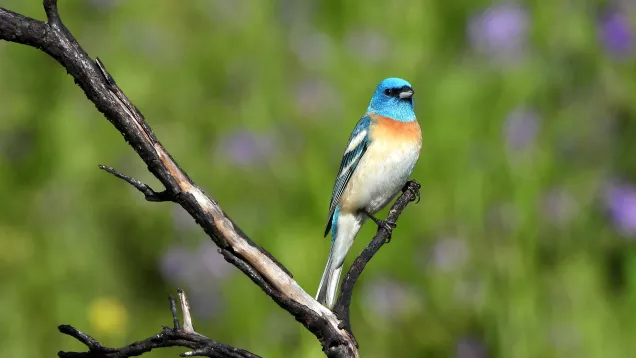
Los Angeles Sanitation and Environment (LASAN) is pleased to share the 2020 Los Angeles Biodiversity Report, the second such report produced for the City of Los Angeles (LA). The new report presents the LA City Biodiversity Index and an approach for measuring urban habitat quality and connectivity in Los Angeles. It also includes a number of biodiversity case studies that serve as emerging models for biodiversity stewardship in Los Angeles.
"At LASAN, biodiversity has come to mean something very essential," said Enrique C. Zaldivar, Director and General Manager of LASAN. "LASAN’s mission is to protect public health and the environment, and biodiversity is a true denominator of many, if not all, of LASAN’s efforts toward this mission. Biodiversity is one of the highest indicators of environmental quality - if you have equitable distribution of biodiversity and healthy ecosystems across the City, then it is a sign that infrastructure is well integrated with built, natural, and social systems."
Urban areas in cities worldwide are emerging as a new frontier for nature stewardship. While the State of California has long been a global leader in managing threatened and endangered species, the City of Los Angeles only recently embarked on a more comprehensive approach to biodiversity. On May 10, 2017, the LA City Council adopted the Biodiversity Motion introduced by Councilmember Paul Koretz of Council District 5 (Motion 25A, Council File No. 15-0499). The motion directed LASAN to develop a customized biodiversity index for the City of LA that would focus on conservation and access to nature and biodiversity in urban areas. The biodiversity motion coincides with the City’s official goal of no-net biodiversity loss put forth in the 2015 Sustainable City pLAn, in LA’s Green New Deal (2019 pLAn), and in biodiversity measures included in the City’s General Plan.
he 2020 Los Angeles Biodiversity Report is available here.